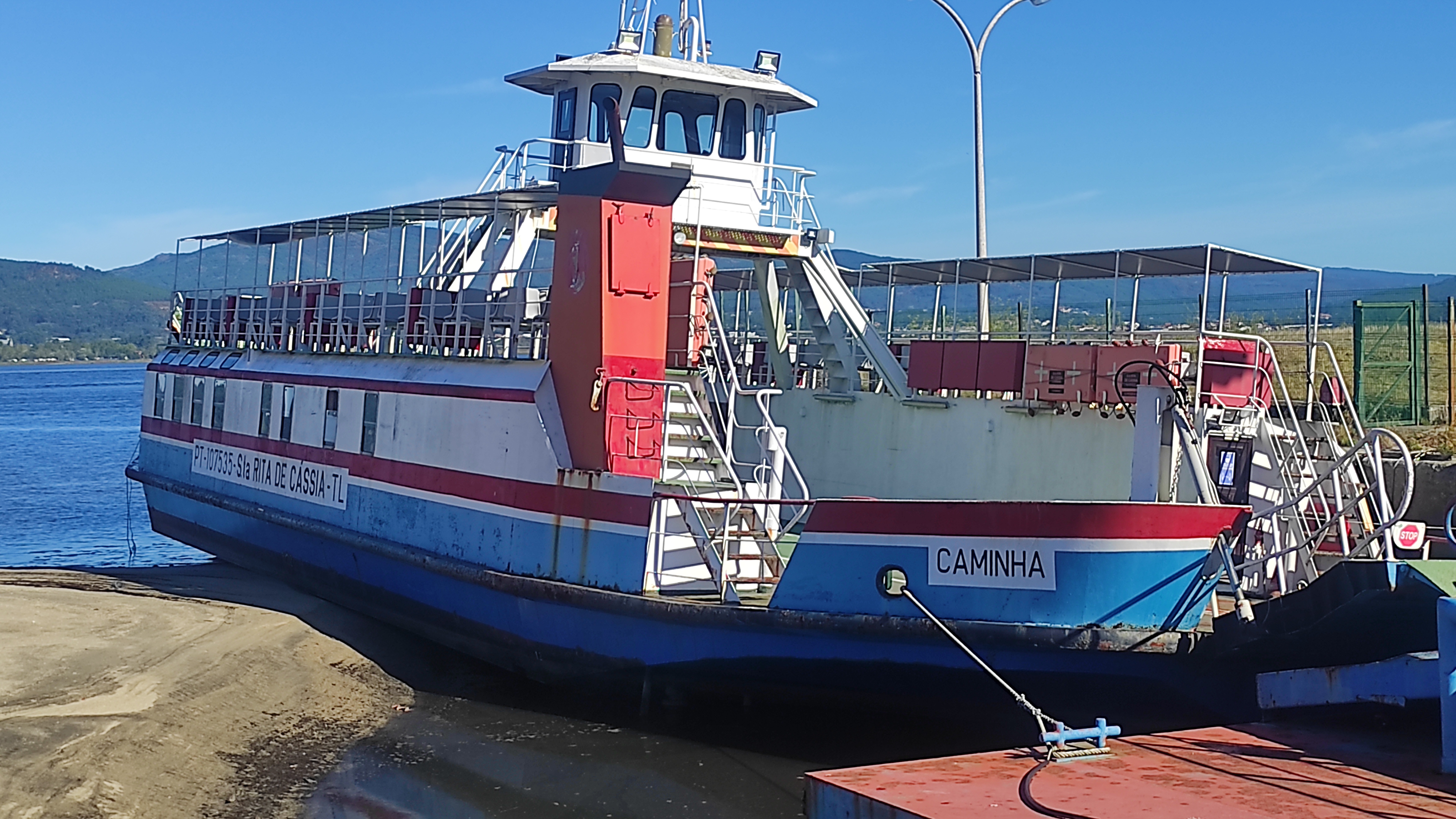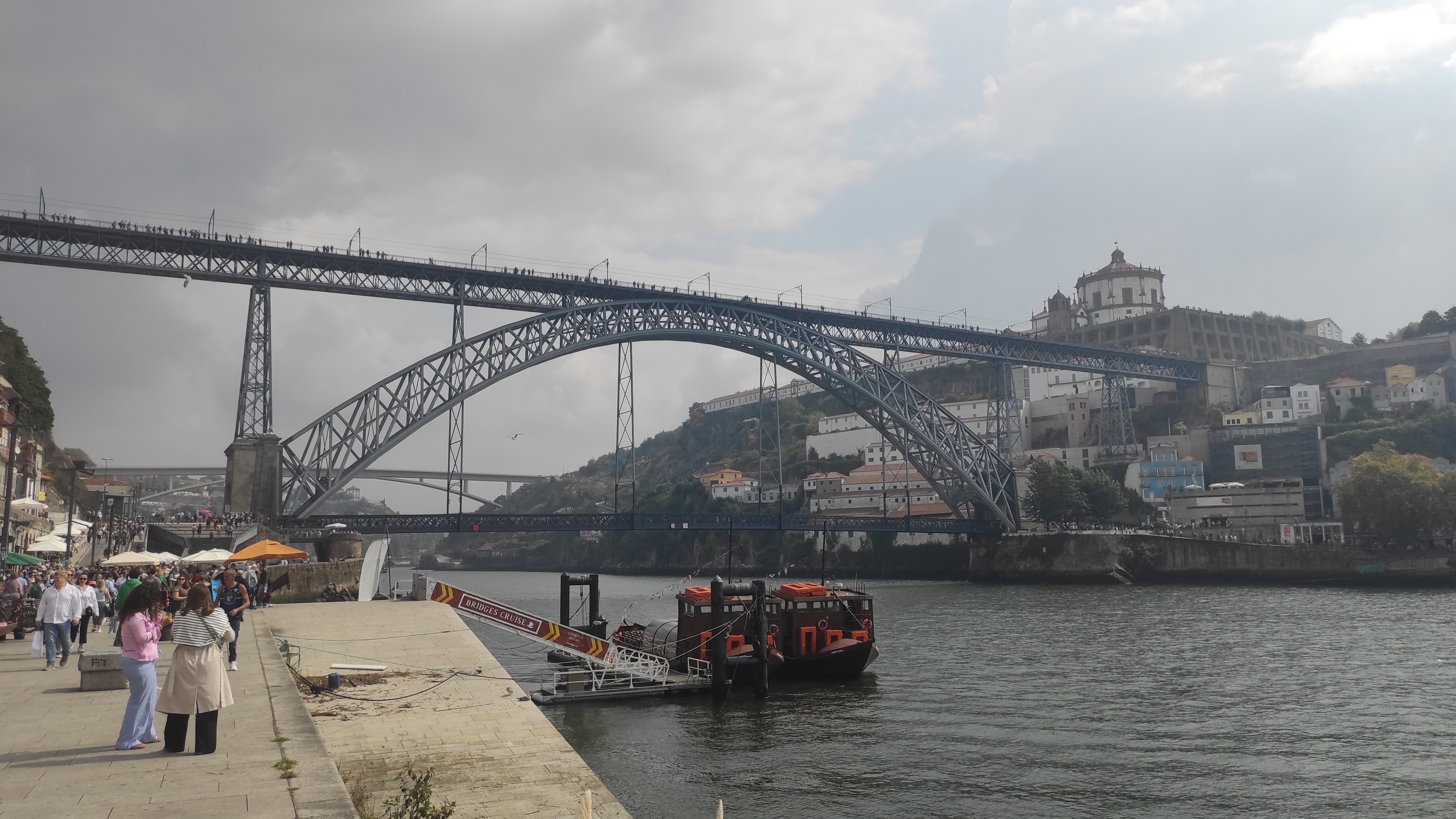It's been eight years since I haven't been to Portugal and twelve from my first visit, that's why I was very much looking forward coming back one third time to see the northern part of the country. Walking the Camino de la costa gave me the chance to see the part that goes from Oporto to a pretty small fishing town bordering Spain called Camihna. From there the only way to go to Spain is to take a small motor boat and cross the Mihno river, for a crossing that lasts only a couple of minutes.

While I was wondering around Oporto, I noticed the Torre dos Clérigos, symbol of the city, built between 1754 and 1763, which appears also on the two euro portuguese coin. The tower was built by the Italian architect and painter Nicolau Nasoni, born in Siena in 1691. Since the early age Nasoni started to be surrounded by designers, architects and other art experts and during the years he became influential, first moved to Rome and then to Malta following his architectural purpose. What made him move to Portugal was the meeting with the dean of the cathedral of Oporto, which is something that in the future Nasoni also ended up painting and it is also the beginning of the long Camino de la costa that I did together with all the other pilgrims that follow that route.
Once you leave Oporto and the surrounding towns of Matosihnos the rest is pretty much a smooth walk along the ocean on a series of comfortable wooden pathways, going through town after town in a sort of magical portuguese realism, made of old careful people that are there supporting pilgrims in all their needs and make a living with their small businesses, some of those connected with the industry of the Camino, plus a number of retired people that maybe for the first time in their lives (although thanks to their position on the ocean, they might have been tireless traveler in the past so I might be wrong on this one) have the chance to meet folks from all over the globe.
This corner of Europe has definitely been left back in time and that contributes to give to northern Portugal a certain charm. Being autumn the weather was a bit rough, the rain poured down heavily during a good part of the trip and the stormy ocean gave a certain romanticism to the whole adventure.
The dark poetry of Fernando Pessoa came into my mind during those days ("I am nothing. I will never be anything. I couldn't want to be something. Apart from that, I have in me all the dreams in the world.") and I guess his very introspective and almost depressing vision of the human kind must have had something to do with all of this.
Another remarkable thing that I noticed on the camino were the bridges of Gustave Eiffel. Eiffel was a french civil engineer, mostly famous for the construction of the Eiffel tower, a very nationalistic monument aimed to represent french modernity in the World's Fair of 1889. Eiffel is also present in Portugal on a number of different bridges, the most famous one is the puente Maria Pía, part of the former railway station that divides the city of Porto from Villa Nova de Gaia but there is another one I had the chance to walk on entering Viana do Castelo and one in Camihna.

To close my short report I want to mention some of the music that kept me company in these couple of weeks together with all the beautiful people I met. As usual Dead Combo are on this list, together with the young and very talented Rita Payés and the song "Quien lo diria" in particular and the fado-queen Amalia Rodrigues "Si si si".